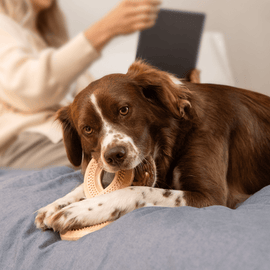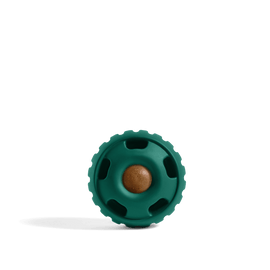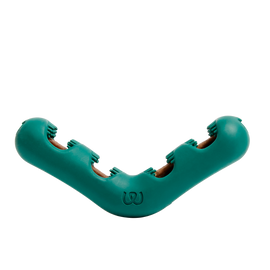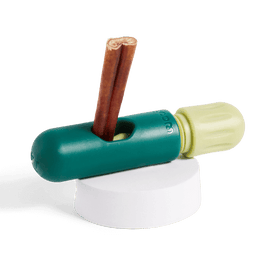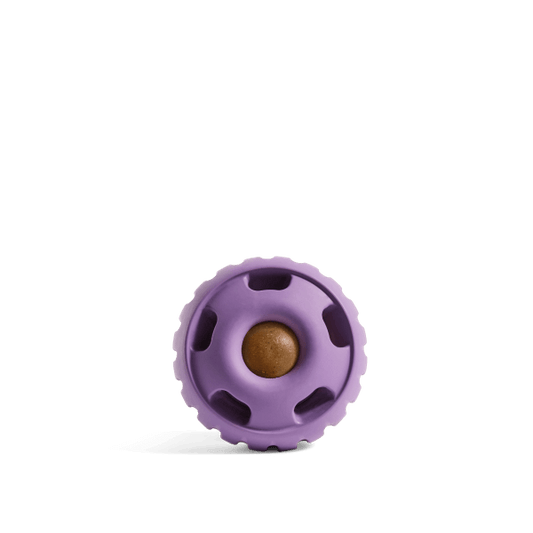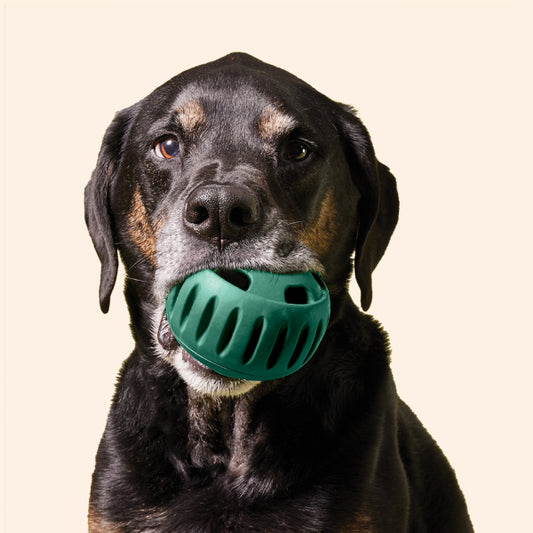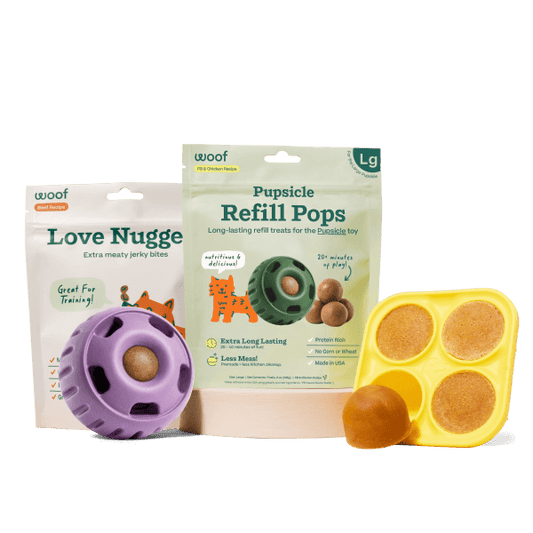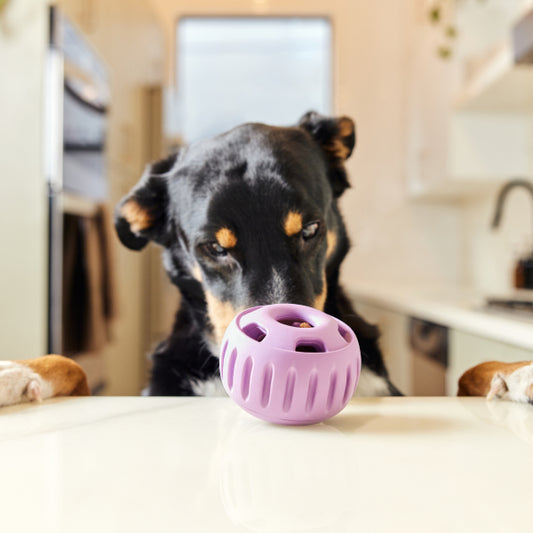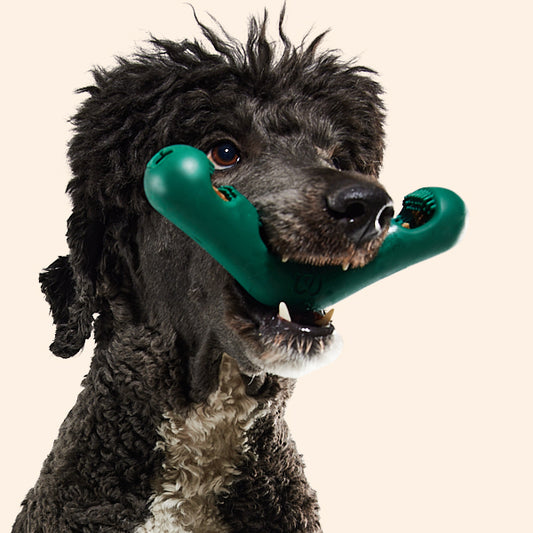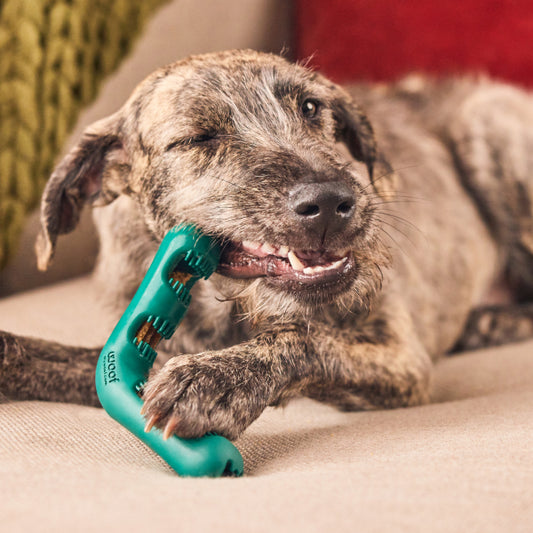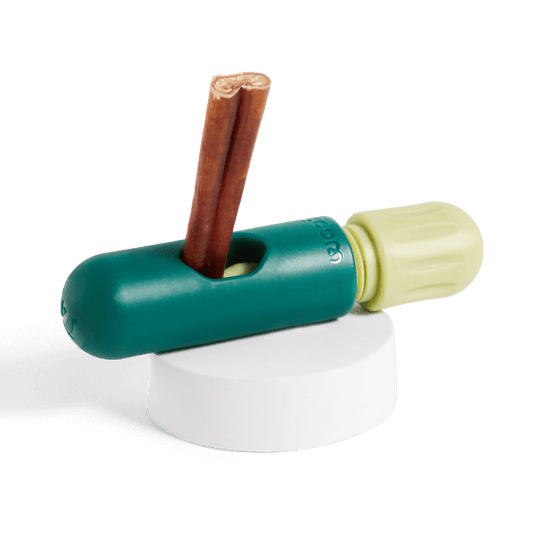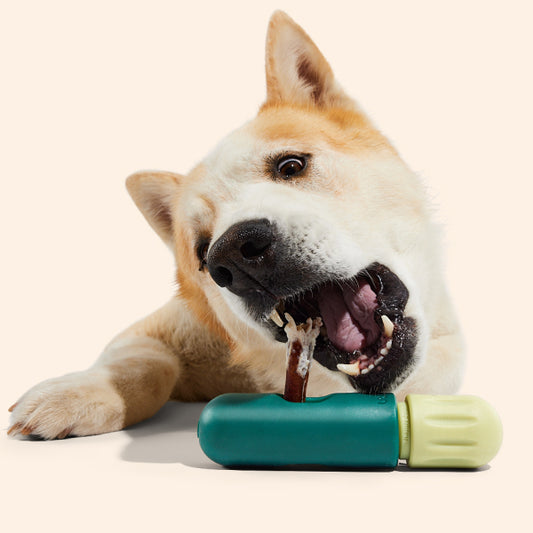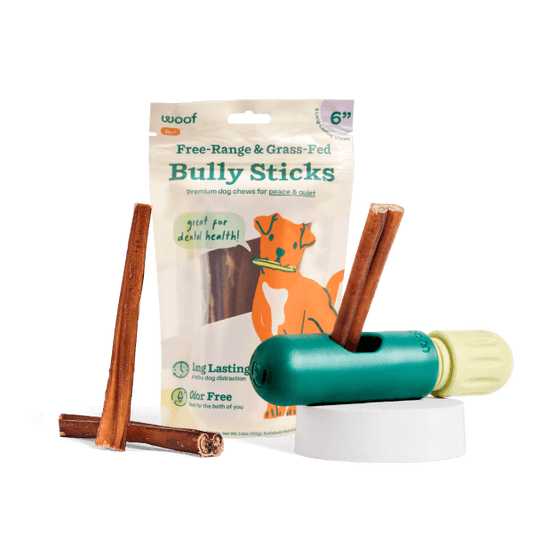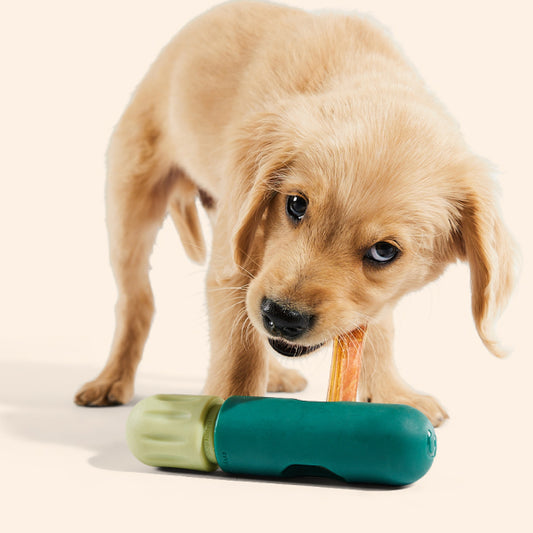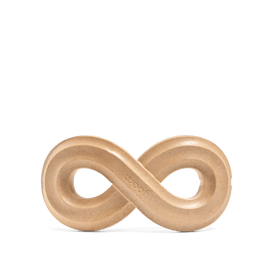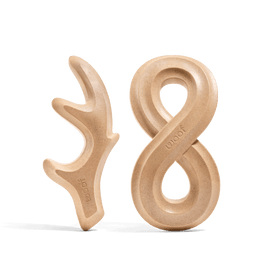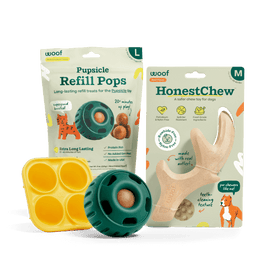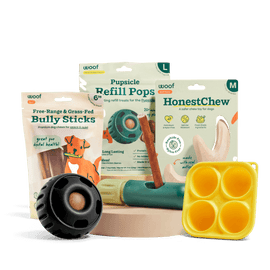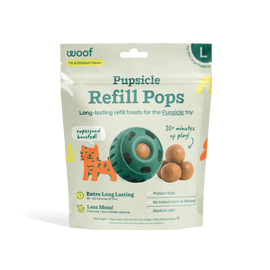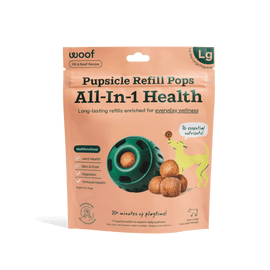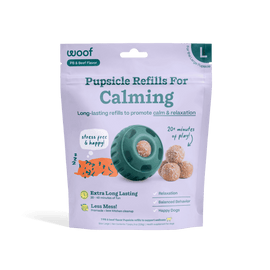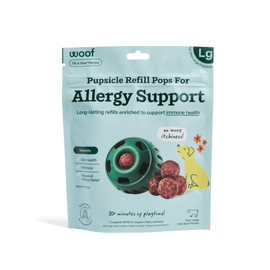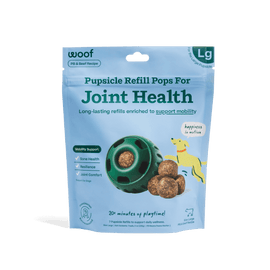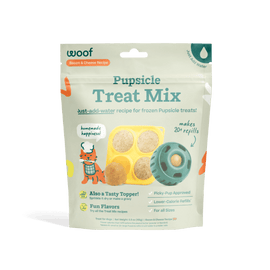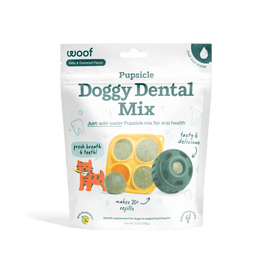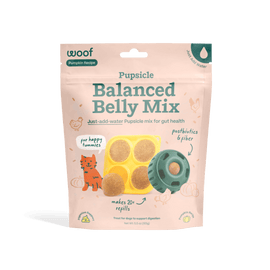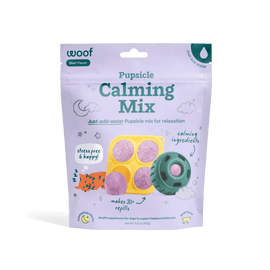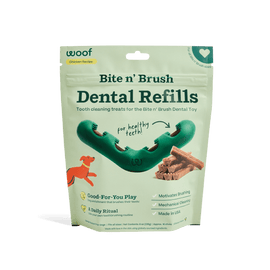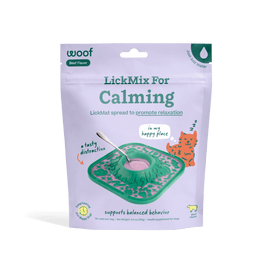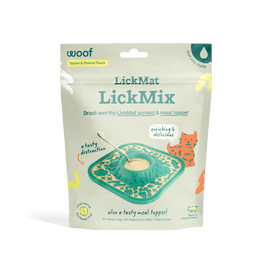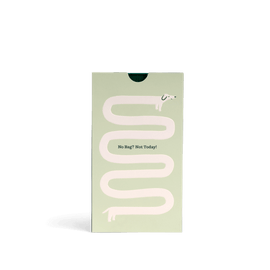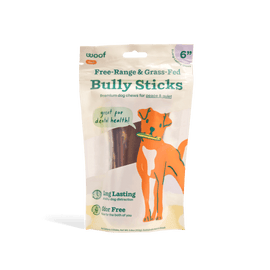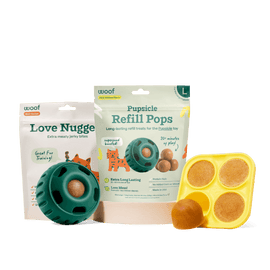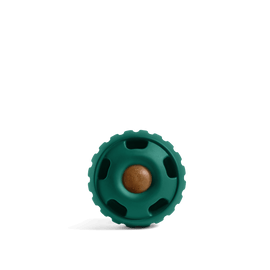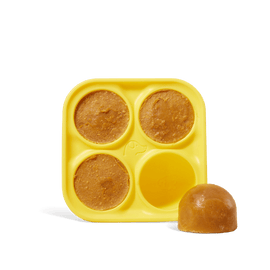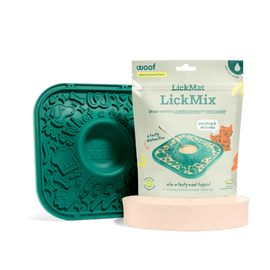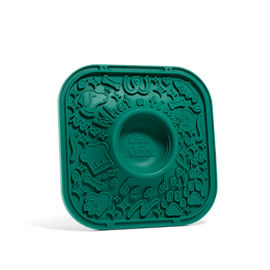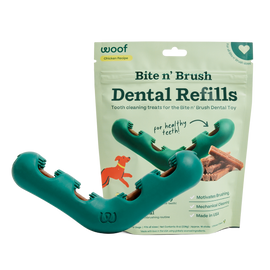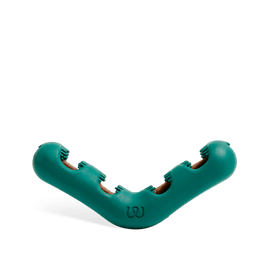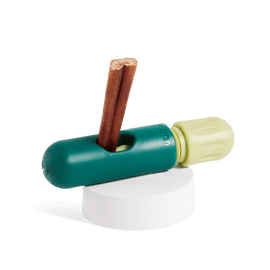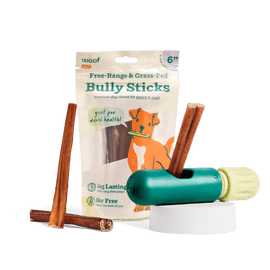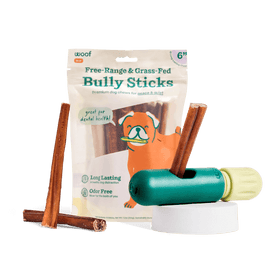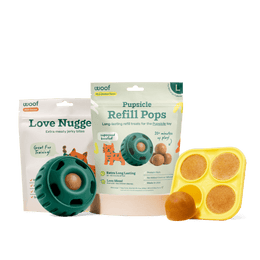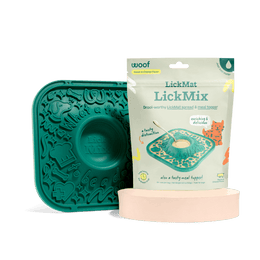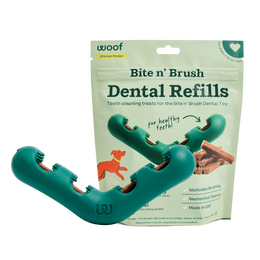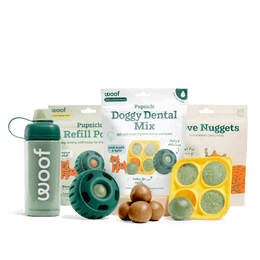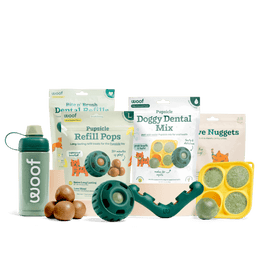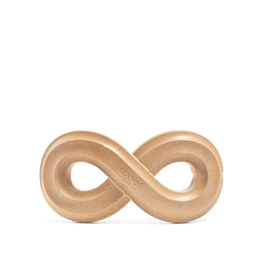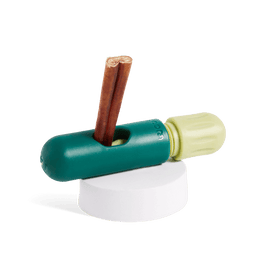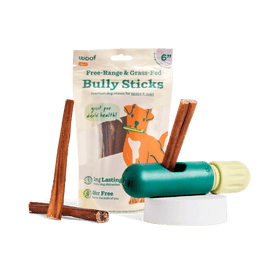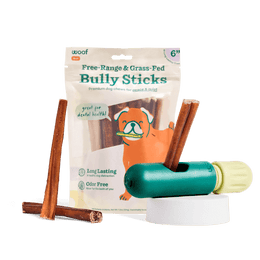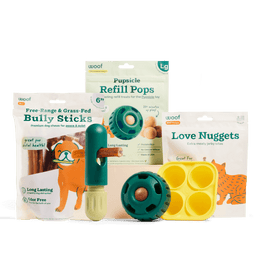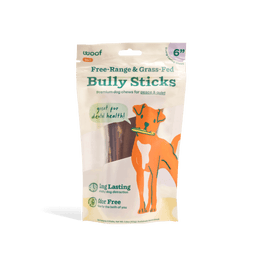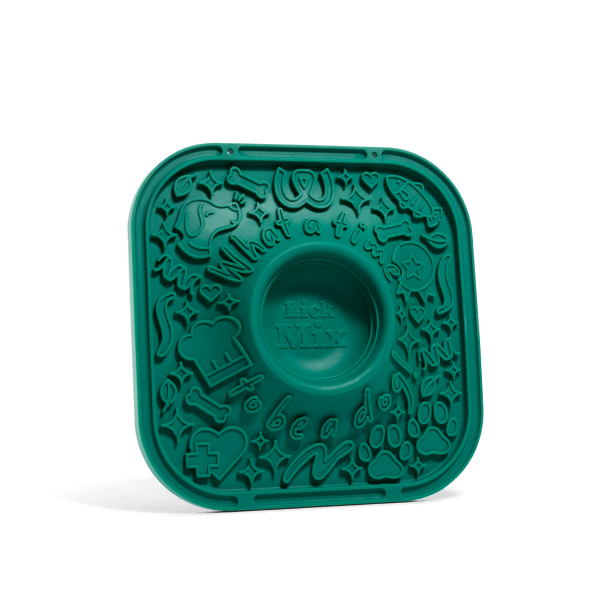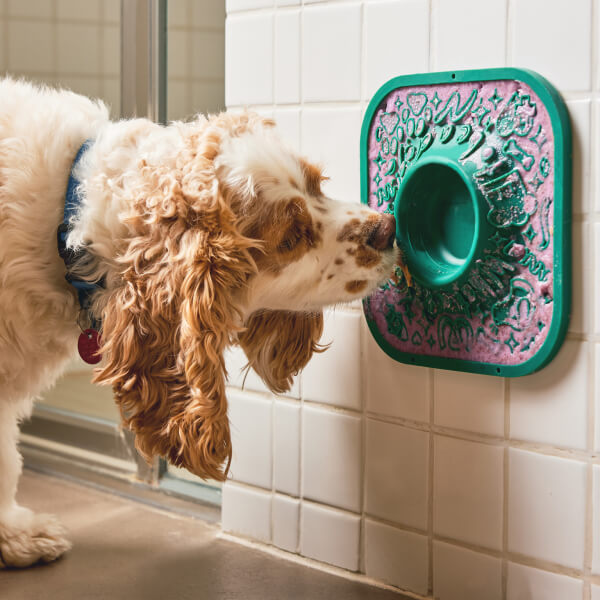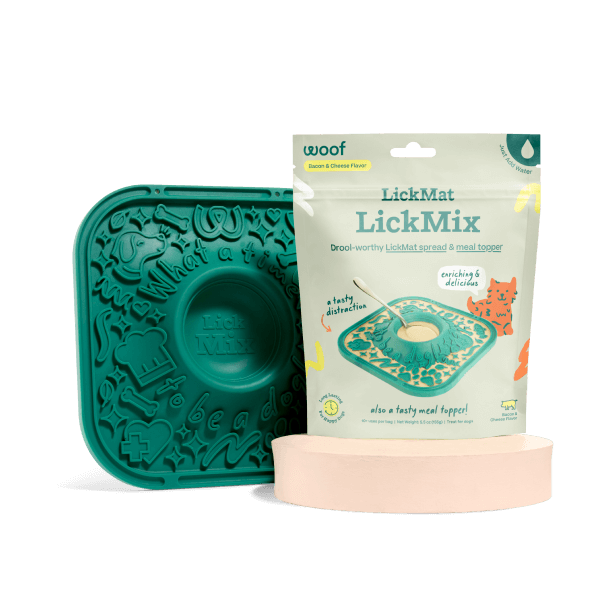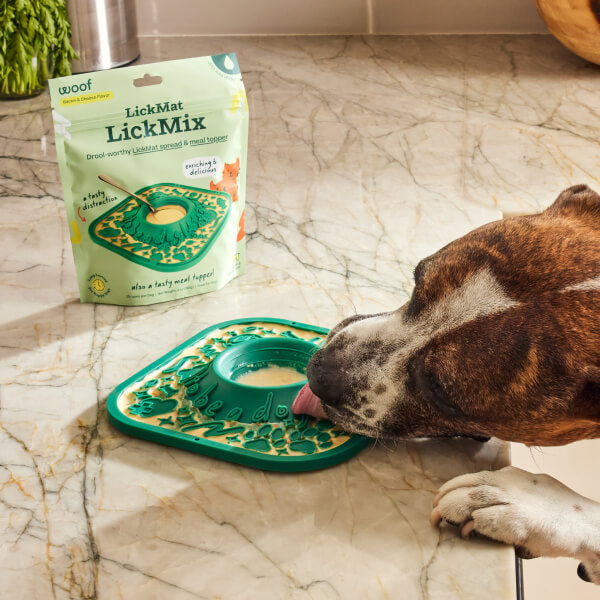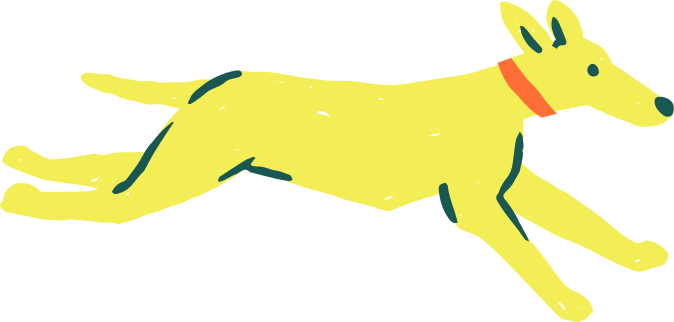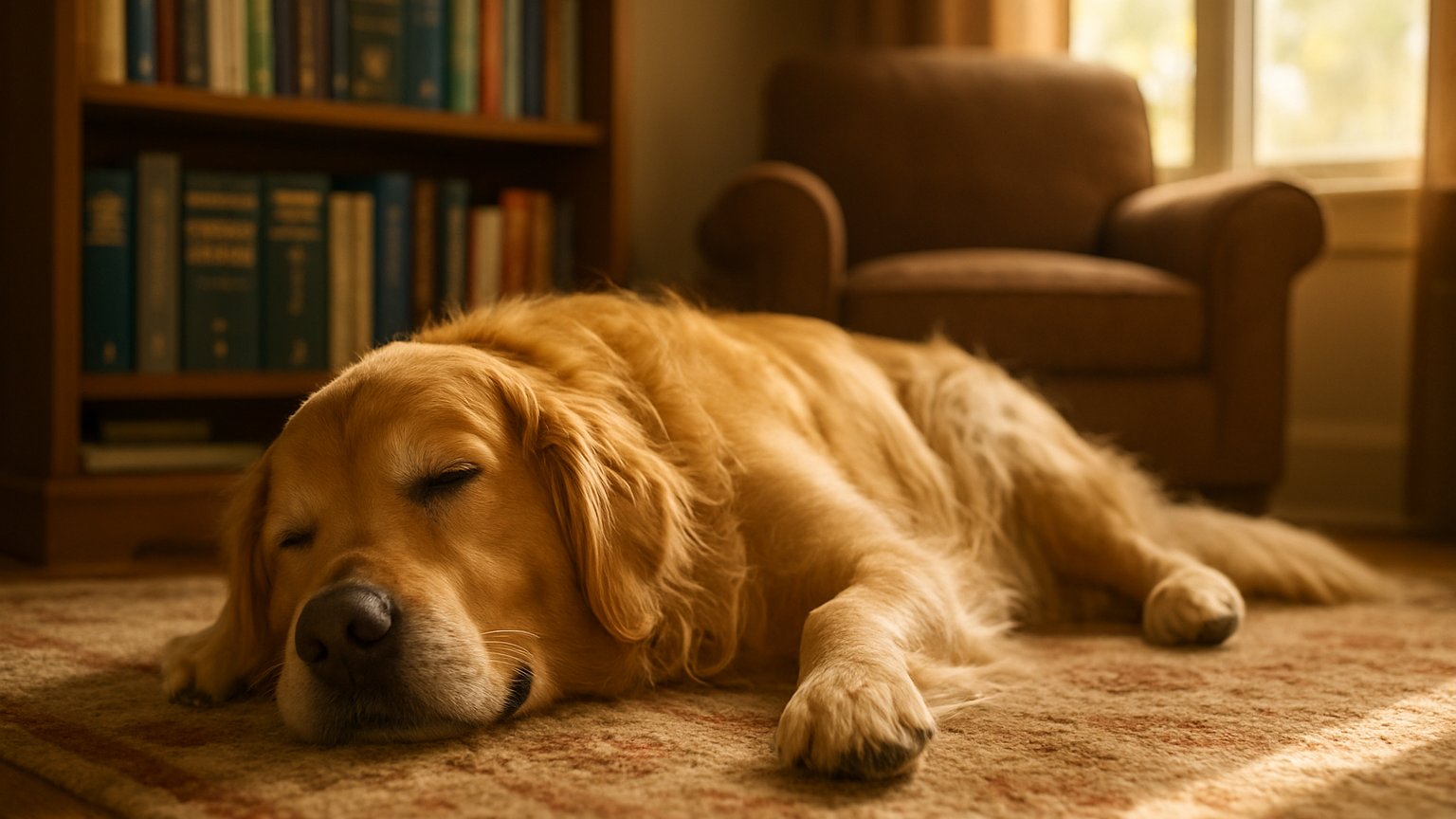
Do you ever lie awake watching your pup drift into a deep slumber—only to be woken by a sudden rumble in their sleep? Snoring in dogs can be charming, amusing, or downright puzzling. But—as with any quirky dog behavior—there’s often more beneath the surface. In this post, we’re diving into Why Does My Dog Snore? so you can better understand what’s normal, what’s a red flag, and how Woof can help your pup (and your household) rest more peacefully.
Let’s dig in.
What causes snoring in dogs?
Snoring happens when airflow through the nose or throat is at least partially blocked, causing tissues to vibrate and produce that signature snore. But the root causes behind that airflow disruption can vary widely. Some of the most common culprits include:
- Breed & Anatomy: Flat-faced (brachycephalic) breeds like Pugs, Bulldogs, and Boston Terriers have shortened skulls, narrow nostrils, and longer soft palates that crowd airflow. These physical traits make snoring more likely—even in a healthy dog.
- Obesity: Extra tissue or fat around the neck and throat can compress the airway, increasing turbulence and making snoring louder or more frequent.
- Allergies & Inflammation: Environmental irritants—like pollen, dust, mold, or smoke—can inflame nasal passages or throat tissues, narrowing the airway and triggering snoring.
- Infections / Illnesses: Upper respiratory infections, congestion, swollen tonsils, or sinus issues can obstruct airflow and make your dog snore more heavily.
- Obstructions or Growths: Foreign objects (think: grass awns, small debris), nasal polyps, tumors, or enlarged tissue masses in the airway can create partial blockages and cause snoring.
- Sleep Position: Sometimes it’s nothing more than gravity and posture. When your dog sleeps on their back or with the neck at an odd angle, the tongue or soft tissues can shift and constrict the airway.
- Age and Tissue Laxity: Just as we age, throat tissues can become less firm. In older dogs, muscle tone decreases, which can increase the likelihood of snoring.
Which sniffles are “normal,” and which deserve a vet visit?
Not all snoring is cause for alarm. Many dogs snore lightly or intermittently—especially if they’re deep in dreamland or in a relaxed posture. Dogs with short muzzles often snore as a baseline. However, certain signs should prompt you to contact your veterinarian:
- Snoring is new or suddenly louder without obvious cause.
- Snoring is constant—even when your dog is awake or very minimally asleep.
- Signs of labored breathing, choking, gasping, or sleep interruptions.
- Bluish or pale gums, excessive panting, lethargy, or collapse.
- Accompanying symptoms such as nasal discharge, sneezing, swelling, or facial deformity.
These symptoms might signal serious underlying conditions like obstructive airway disease, tumors, or severe allergies. Early veterinary evaluation can make all the difference in preserving your dog’s comfort and health.
What can you do to help quiet the snores?
Every dog is different, and the “fix” will depend on the cause. But here are some practical tips you can try (in consultation with your vet):
- Support a healthy weight: Work with your vet to develop a balanced diet and exercise plan. Less extra tissue means more breathing room.
- Upgrade the sleep setup: Using elevated or contoured beds can help keep your dog’s head and airway aligned. Even propping the head gently can reduce snoring.
- Minimize irritants: Keep your home free from smoke, strong perfumes, and dust. Use air filters if needed.
- Clean nasal area gently: A warm, damp cloth near the nostrils (if your dog tolerates it) can help remove crust or debris. Always be gentle.
- Address inflammation or allergies: If your vet diagnoses seasonal allergies or other inflammation, they may prescribe appropriate medications or recommend behavior changes.
- When structural correction is needed: In some brachycephalic dogs, surgical interventions (e.g. trimming a too-long soft palate, widening nostrils) can significantly improve airflow and reduce snoring.
Why Woof’s LickMat & calming tools can support better sleep
Though chew toys and enrichment won’t directly stop snoring, they can help reduce the triggers that worsen it—especially stress, restlessness, or upper airway irritation. For example, after a busy day, letting your dog unwind with The LickMat can promote calmness and deeper rest. If your pooch is more anxious, the LickMat Starter Pack or LickMat Alpha Pack combined with Calming LickMix can ease tension and reduce breathing irritation.
For power chewers who need stress relief, redirecting energy to chewing is smart. Grab a durable chew like HonestChew or HonestChew Duo before bedtime. A calm musculature and relaxed mind can help soft tissues stay in place through the night.
Final thoughts: snore with confidence—but stay alert
So, back to the question: Why Does My Dog Snore? In many cases, it’s just a sleepy quirk—especially for flat-faced breeds or deep sleepers. But snoring can also highlight airway struggles, inflammation, or anatomical issues. By watching for warning signs and consulting your vet when needed, you’re doing the best for your pup’s health and your household’s peace.
Let your dog nap, chew, and rest comfortably—because every good night’s sleep starts with a clear airway and a happy pup.
